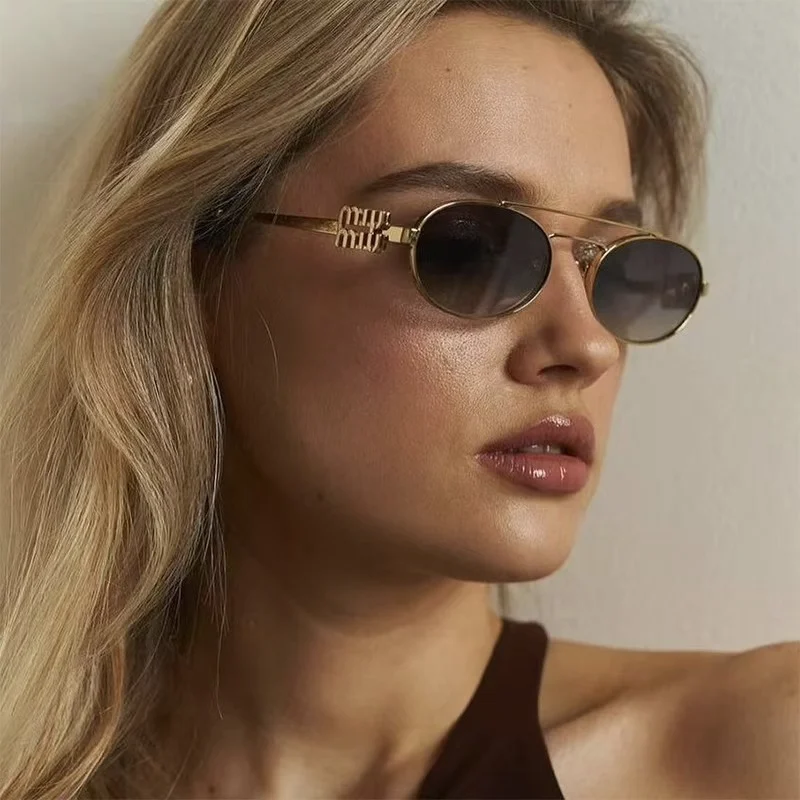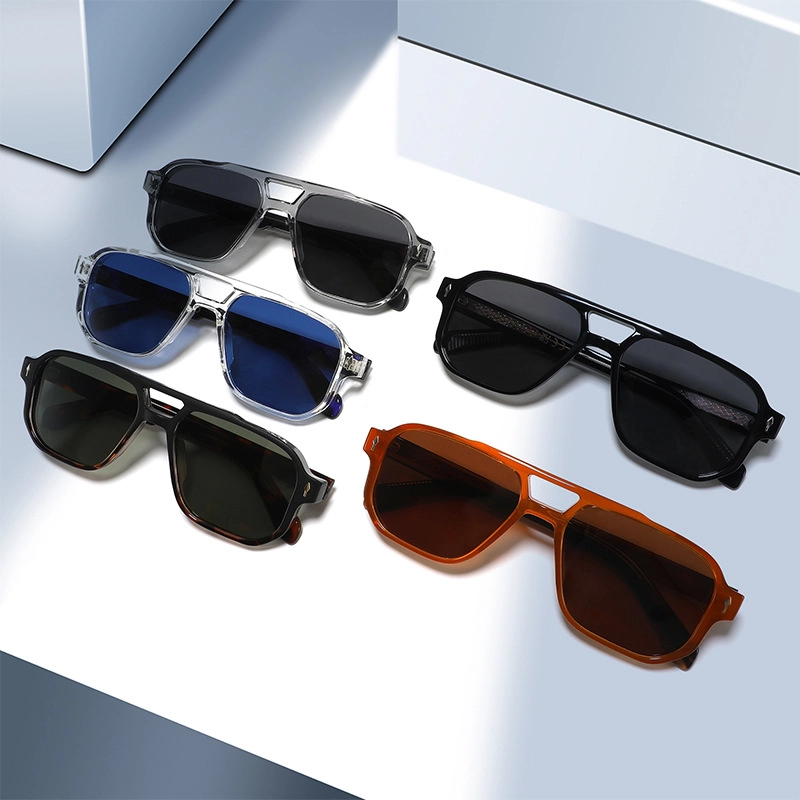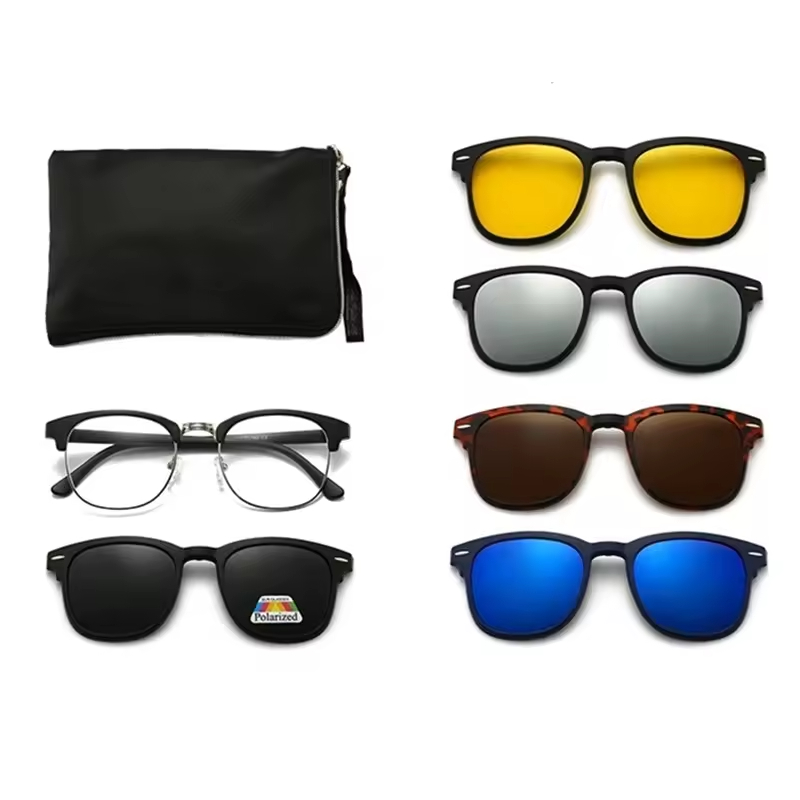Sunglasses Trends Over the Decades: From Classic Styles to Modern Innovations
Release time: 2025-11-14
Table of Contents
Sunglasses are more than just a stylish accessory—they serve as an essential part of modern fashion and functionality. From classic designs to futuristic innovations, sunglasses trends have evolved dramatically over the decades. This article explores how sunglasses styles have changed, reflecting social trends, cultural shifts, and technological advancements.
The Early Years: Function Over Fashion (1900s – 1930s)
In the early 20th century, sunglasses were mainly designed for protection rather than style. The first versions used tinted lenses to shield eyes from harmful UV rays, setting the stage for more sophisticated designs in the years to come.
Key Styles:
- Round Glasses: The first sunglasses were often round, focusing more on function than form.
- Protective Goggles: Sunglasses were used for outdoor activities like aviation and driving, although they were more practical than stylish.

The 1940s and 1950s: Iconic Eyewear Styles Take Shape
The 1940s and 1950s marked a period when sunglasses became synonymous with glamour, largely due to Hollywood’s influence. This era saw the rise of the aviator and cat-eye sunglasses, both of which would become timeless classics.
Key Styles:
- Aviators: First designed for military pilots, aviators became a fashion icon after being worn by celebrities like James Dean and Marilyn Monroe.
- Cat-Eye Frames: These feminine, elegant frames gained popularity, epitomized by actresses like Audrey Hepburn.
The 1960s and 1970s: Bold, Experimental Sunglasses Styles
The 1960s and 1970s were an era of cultural change, and this influenced eyewear trends. Larger, bolder sunglasses frames became more popular, alongside a rise in colorful lenses and new frame materials.
Key Styles:
- Oversized Sunglasses: Popularized by stars like Jackie Kennedy, oversized sunglasses became a symbol of luxury and mystery.
- Round Lenses: Inspired by the counterculture, round, wire-framed sunglasses were embraced by icons like John Lennon.
- Colored Lenses: Brightly colored lenses in shades of yellow, green, and blue became trendy, signaling a fun and carefree aesthetic.

The 1980s: The Rise of Designer Sunglasses
The 1980s saw sunglasses become a high-fashion statement, driven by luxury brands and iconic films. This decade brought sunglasses into the mainstream, making them a symbol of status and sophistication.
Key Styles:
- Wayfarers: Made famous by movies like Risky Business, Wayfarers became a staple of 1980s fashion, with their thick, angular frames.
- Sporty Sunglasses: As outdoor activities surged in popularity, performance sunglasses became the go-to for athletes and active individuals.

The 1990s: Minimalism and Retro Revival
The 1990s marked a return to minimalist designs. The oversized, bold frames of the 1980s were replaced by more refined, streamlined shapes. This period also saw the rise of tiny sunglasses, a style embraced by pop culture icons.
Key Styles:
- Slim Wireframe Glasses: The slim, wireframe glasses of the 1990s were influenced by vintage styles, offering a delicate, refined look.
- Tiny Sunglasses: Smaller, narrower sunglasses became iconic in the 1990s, worn by celebrities like Kate Moss and the Spice Girls.

The 2000s: Technological Advancements and Celebrity Influence
The 2000s marked a turning point in both fashion and technology. Sunglasses were no longer just for protecting your eyes—they became an integral part of your identity. This decade also saw significant technological advancements, with the development of performance lenses and high-end, designer sunglasses.
Key Styles:
- Luxury Eyewear Brands: The 2000s saw the emergence of high-end brands like Prada and Gucci, making sunglasses a coveted accessory.
- Performance Sunglasses: Technological innovations, including polarized lenses and UV protection, became standard features in sports sunglasses.
The 2010s and Beyond: Sustainable Fashion and Futuristic Designs
In the 2010s, eyewear underwent a major transformation. Sustainability became a driving force in fashion, and eyewear brands embraced eco-friendly materials and production processes. At the same time, futuristic designs and smart technology began to emerge.
Key Styles:
- Eco-Friendly Sunglasses: Brands like Warby Parker and Pala Eyewear began using sustainable materials, such as bamboo and recycled plastics, to craft environmentally conscious sunglasses.
- Futuristic Frames: The 2010s saw bold, geometric designs, with sunglasses becoming even more of a fashion statement. Celebrities like Kanye West popularized these experimental styles.
- Smart Sunglasses: A major innovation was the introduction of smart eyewear. Sunglasses with built-in Bluetooth speakers, cameras, and augmented reality features started hitting the market.
Why Sunglasses Are a Timeless Accessory
Sunglasses are more than just a practical accessory—they’ve become a fashion icon. Whether you prefer classic styles like aviators or modern innovations like smart glasses, sunglasses remain an essential part of everyday life. Over the decades, they’ve evolved to meet the needs of both fashion-forward individuals and those looking for functional, high-tech eyewear.
Conclusion
The history of sunglasses is one of constant innovation, reflecting cultural shifts, technological advances, and evolving fashion trends. From simple protective eyewear to high-tech, fashion-forward designs, sunglasses continue to capture our attention as both a functional accessory and a symbol of personal style.
Today, sunglasses are an integral part of our wardrobe, offering both protection and style in a variety of shapes, colors, and materials. Whether you’re looking for retro aviators, eco-friendly frames, or smart sunglasses, there’s a perfect pair for every individual.





